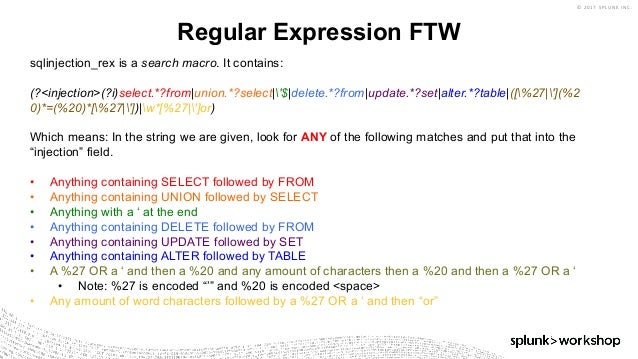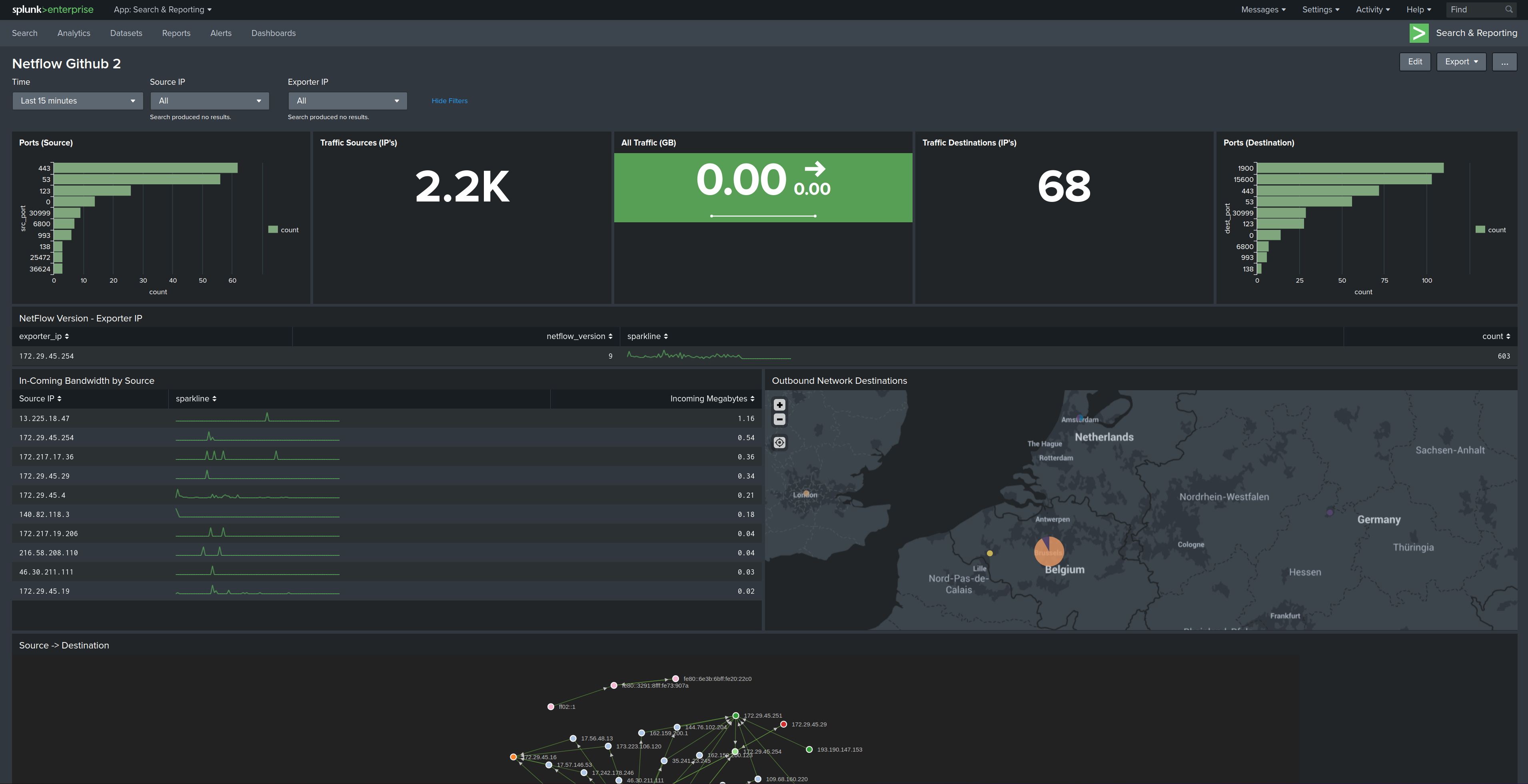

Using the Fields menu in Settings in Splunk Webįor Splunk neophytes, using the Field Extractor utility is a great start.Using the Field Extractor utility in Splunk Web.There are several ways of extracting fields during search-time. Many ways of extracting fields in Splunk during search-time This also provides the most flexibility as you define how the fields should be extracted. With Schema-on-Read that Splunk uses, you slice and dice the data during search time with no persistent modifications done to the indexes. Schema-on-Write, which requires you to define the fields ahead of Indexing, is what you will find in most log aggregation platforms (including Elastic Search). Schema-on-Read, in fact, is the superior strength of Splunk that you won’t find in any other log aggregation platforms. Instead, you should use search-time extractions.



Splunk automatically creates many fields for you. This kind of flexibility in exploring data will never be possible with simple text searching. The above SPL searches the index web which happens have web access logs, with sourcetype equal to access_combined, status grater than or equal to 500 (indicating a server side error) and response_time grater than 6 seconds (or 6000 milli seconds). For example, consider the following SPL index=web sourcetype=access_combined status>=500 response_time>6000 Fields in Splunkįields turbo charge your searches by enabling you to customize and tailor your searches. The values are “main”, “access_combined_wcookie” and “purchase” respectively. The fields in the above SPL are “index”, “sourcetype” and “action”. index=main sourcetype=access_combined_wcookie action=purchase Also, a given field need not appear in all of your events. Virtually all searches in Splunk uses fields. What is a field?Ī field is a name-value pair that is searchable.
#Splunk rex in macro how to#
By fully reading this article you will gain a deeper understanding of fields, and learn how to use rex command to extract fields from your data. I’ll also reveal one secret command that can make this process super easy. In my experience, rex is one of the most useful commands in the long list of SPL commands. I’ll provide plenty of examples with actual SPL queries. In this article, I’ll explain how you can extract fields using Splunk SPL’s rex command. Unfortunately, it can be a daunting task to get this working correctly. One of the most powerful features of Splunk, the market leader in log aggregation and operational data intelligence, is the ability to extract fields while searching for data.


 0 kommentar(er)
0 kommentar(er)
